CERN aspires to be a model for a sustainable and environment-friendly research organisation. Browse CERN’s latest environment report, spanning years 2021 and 2022, which chronicles the advancements made in key environmental domains, such as energy management, waste, noise, ionising radiation and biodiversity, land use and landscape change. It specifically covers measures taken to reach its key objectives by the start of the next Long Shutdown in 2026: limiting electricity and water consumption and reducing direct greenhouse gas emissions.
Sustainability
CERN's strategy with respect to the environment is based on three pillars: reduce the laboratory's impact on the environment, reduce energy consumption & increase energy reuse, and develop technologies that can help society to preserve the planet.
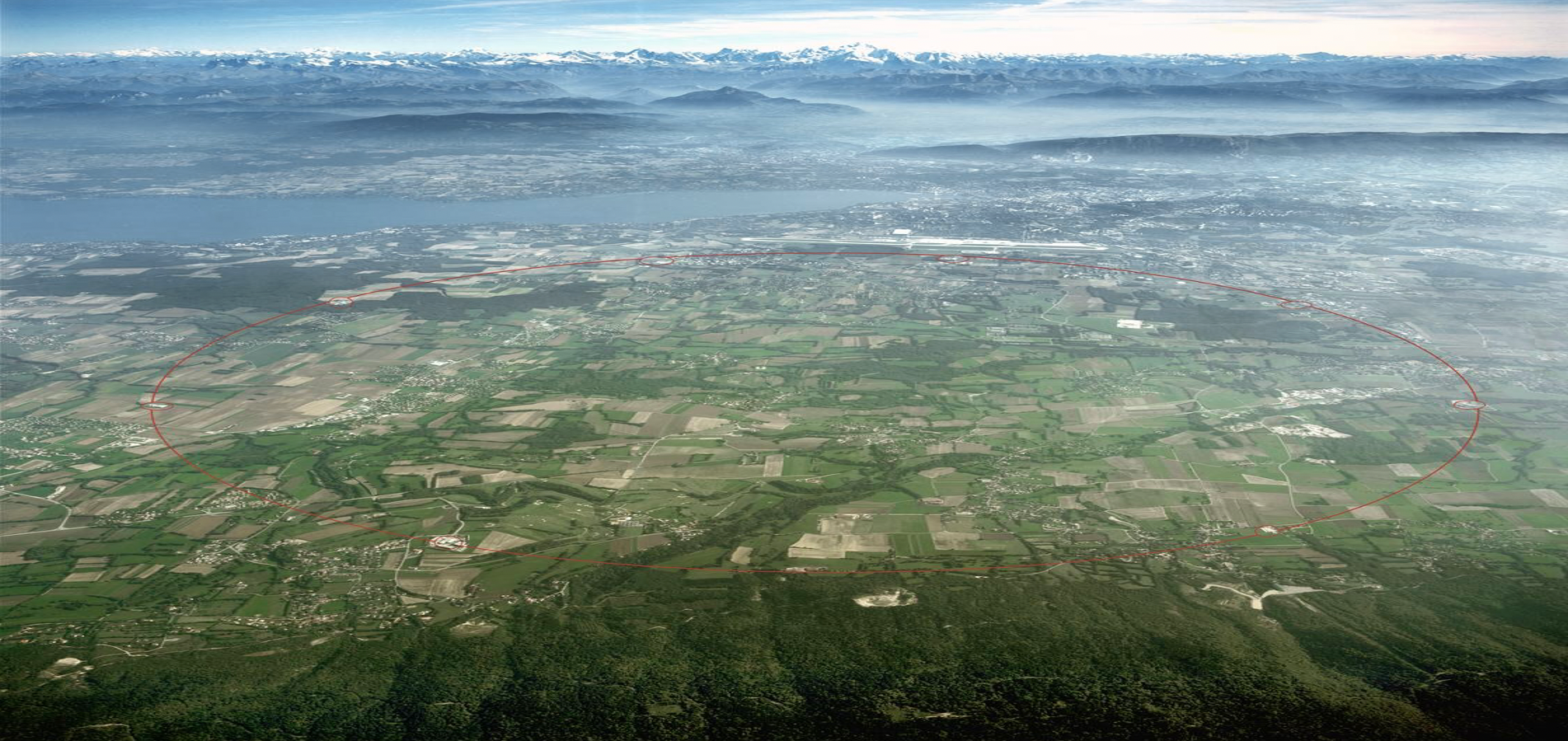
Find out more about Environmentally Responsible Research at CERN
Environment
Energy management
Accelerators account for more than 90% of CERN’s energy consumption during run periods. As powerful research instruments, these machines make a unique scientific programme possible and support a global community of scientists. CERN makes every effort to run them in the most energy-efficient way possible, through using less, increasing efficiency and recovering waste energy.
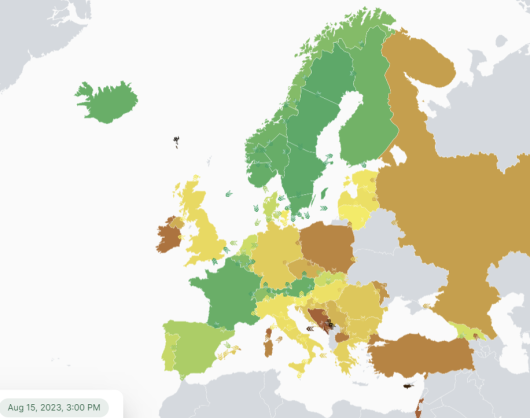
CERN's Accelerator Complex is exclusively powered from the French grid. France's electricity generation is remarkably low-carbon, thanks its large nuclear and renewables capacity.

Recent examples of energy efficiency gains include facility upgrades of the East Area (90% reduction); new cryogenic refrigerators for HL-LHC; all new buildings at CERN designed to be energy-efficient.

On February 2nd 2023, CERN obtained an ISO 50001 certified energy management system, that recognises the efforts in responsible use of energy, by setting key performance indicators and optimisation objectives.

CERN is dedicated to analysing its significant energy uses (including its largest accelerators), to understand and plan to best reduce its energy consumption. An action plan for the next 5 years can be found in the CERN Environmental report.
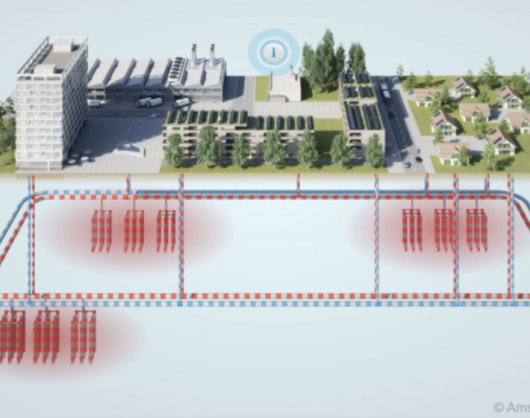
Heat recovery is a key pillar of energy management at CERN. One project aims to divert and re-use hot water from the LHC cooling system to heat a residential area in a neighbouring town. Other heat recovery projects are under way, including at the new Prevessin data center.
Sustainable Accelerators
In the accelerator community, prioritising sustainable concepts is crucial, especially for advanced, power-intensive facilities. Key development areas for sustainability in these infrastructures are grouped into three categories: technologies, concepts, and general aspects.

proposed in 1956, recirculates beam power by decelerating the beam in the same RF structures after use.

optimizes target and capture schemes, primary beam power and overall grid power consumption can be minimized.
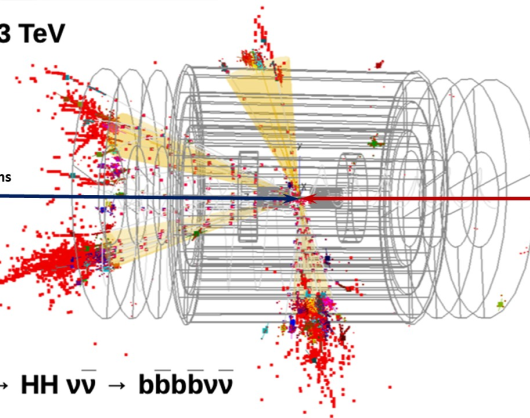
at extremely high collision energies, the Muon Collider shows favorable scaling of achievable luminosity relative to grid power.
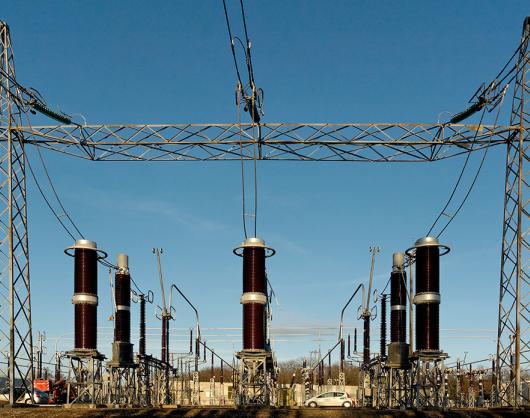
mitigating the impact of high-energy physics facilities on the public grid can be achieved through active energy consumption management, utilizing local storage or dynamic operation.

are systems that can significantly reduce the storage time of nuclear waste through transmutation in sub-critical reactors.
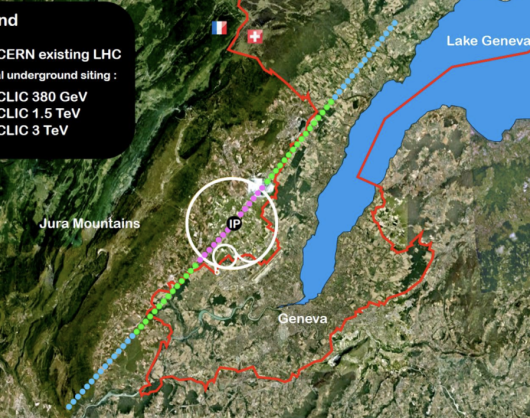
In order to best reduce our carbon footprint CERN is dedicated to creating lifecycle assessments, of not only our key projects like CLIC, but also in the design of our systems and technologies such as, high field superconducting magents and permanent magnets to replace electromagnets.
Sustainable Technology
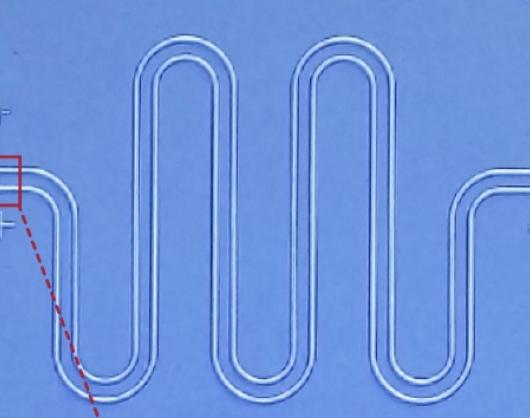
with Nb3Sn-coating perform exceptionally well at 4.5 K, improving cryogenic efficiency while maintaining reasonable Q values.
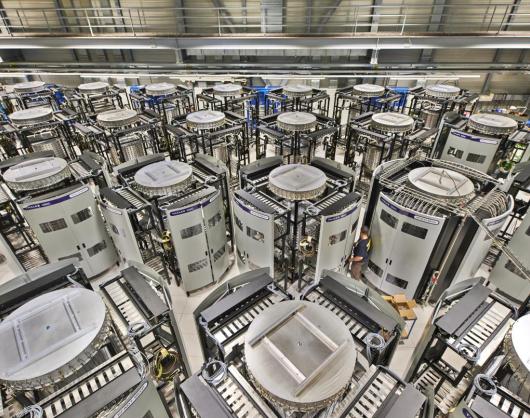
focus on developing efficient klystrons (using techniques like adiabatic bunching and superconducting coils), magnetrons (mode locking), and solid-state amplifiers.

have seen notable advancements in permanent magnets for light sources and tunable quadrupoles for CLIC linacs.
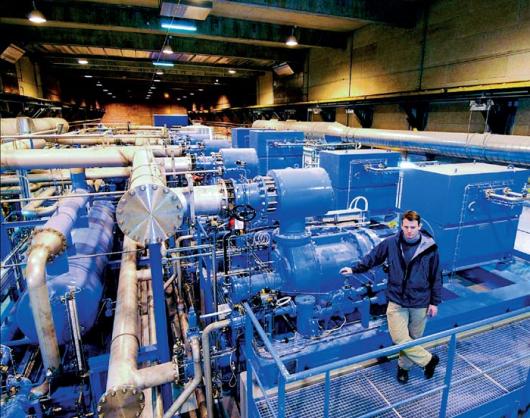
have seen key advancements in highly efficient systems, like He/Ne refrigeration, optimize heat removal in cold systems for synchrotron radiation and other beam-induced energy deposition.
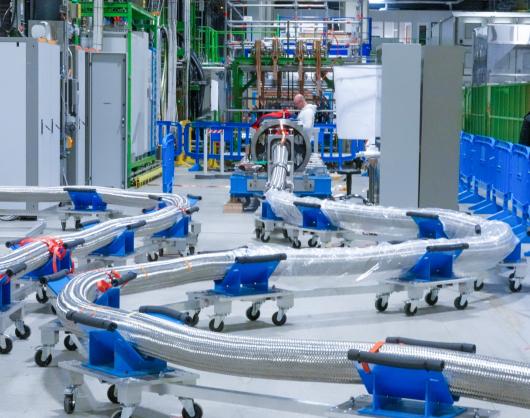
using High Temperature Superconductor (HTS) cables for efficient powering of high-current devices from a distance, allowing power converters to be located outside radiation areas with minimal losses.
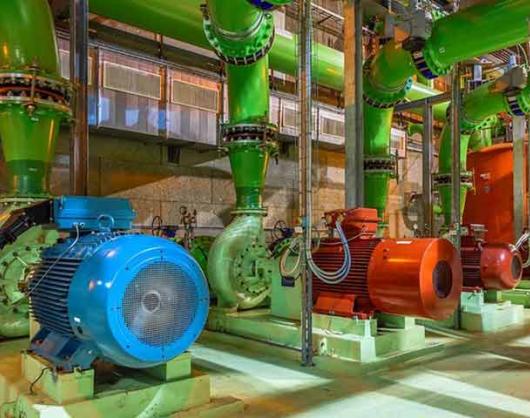
to elevate the temperature of low-temperature waste heat recovered in aquifers, it becomes useful for residential heating.
Sustainability and the Future of Colliders
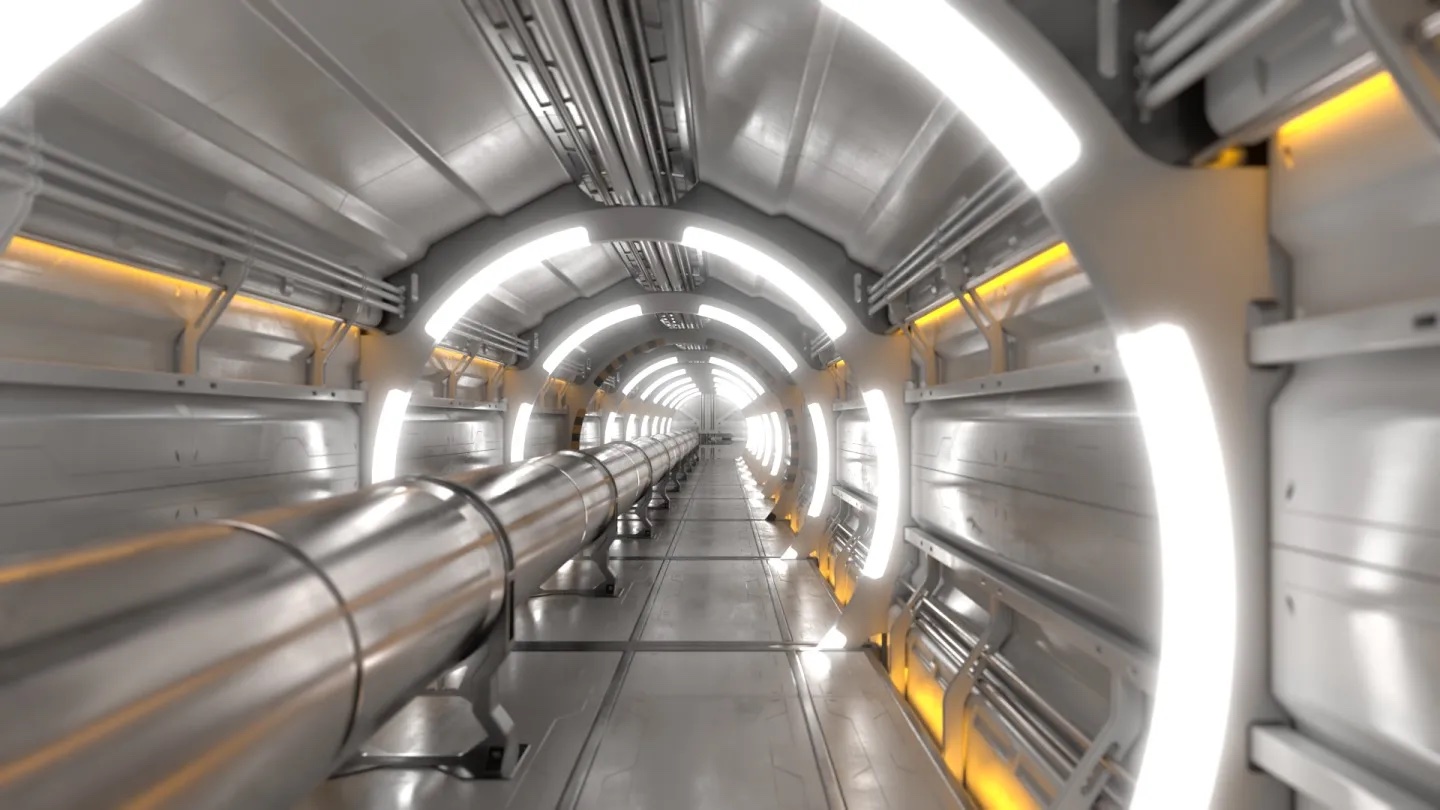
CERN is committed to heavily integrating sustainability in the design of its future machines, such as FCC, CLIC or the Muon Collider. Lifecycle Assessment will be the tool to understand the main drivers of CO2 in the construction, operation and decommissioning of the machines. These assessments will help to optimise the impact of future colliders and pave the way for long-term sustainability in particle accelerators.
Sustainability Knowledge Transfer
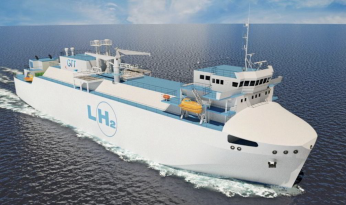
GTT Liquid Hydrogen Cryostats

Airbus Superconducting Power Distribution
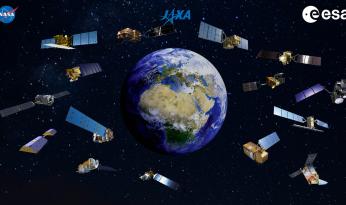
ESA for Earth Climate Monitoring with AI


